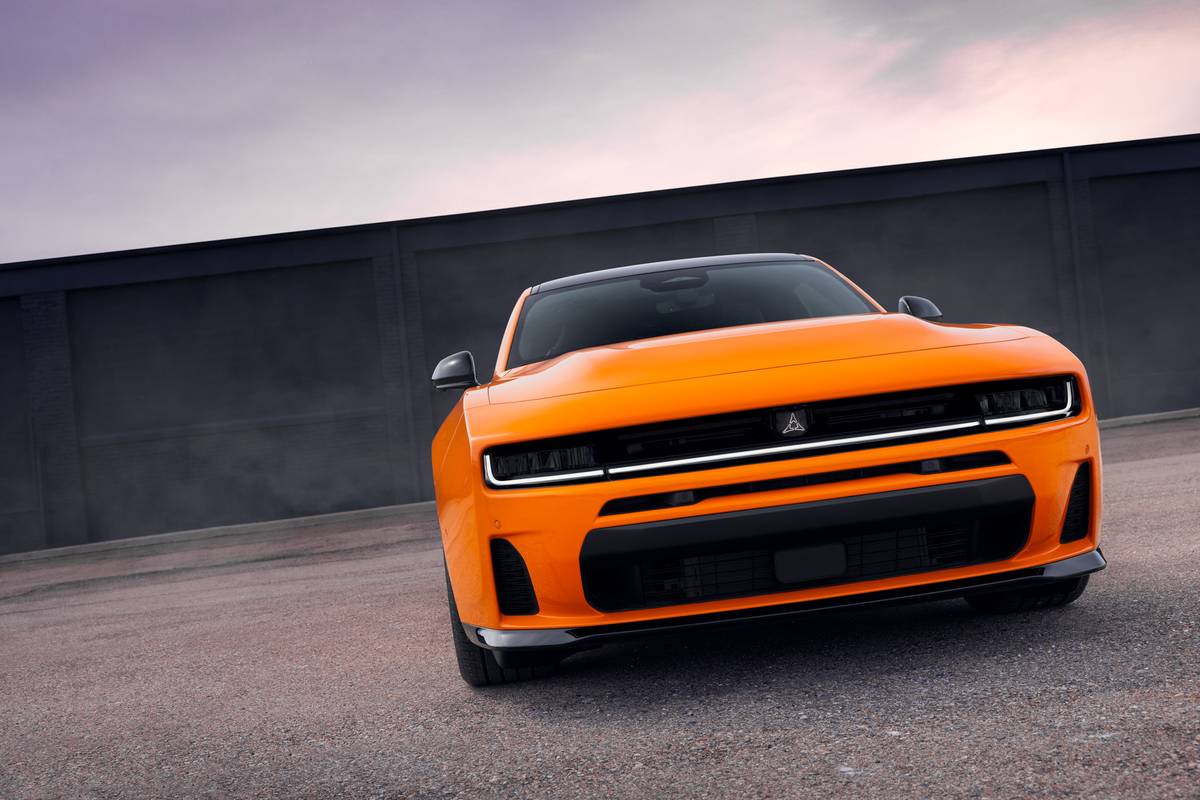IndyStar.com's view
Chevrolet is one division of General Motors Corp. that believes in doing small things in a big way.
Its “small thing” for 1995 will be the all-new Geo Metro, a small car with big ideas. As the division’s most affordable nameplate, the Metro sedan and coupe fill a niche occupied by young single buyers and families who want an economy car.
The new Metros have been designed to change the way car buyers think about economy transportation, offering a mix of quality, safety and upscale features.
Styling a small car so it has some pizzazz is no easy task. But the 1995 Metros prove an economy car doesn’t have to be dull.
Both the sedan and coupe exhibit flowing lines, although the coupe flows more at the front than at the rear, which is a little lopped off. The sedan presents more of a conventional silhouette, with its aerodynamic appearance highlighted by a spacious new trunk.
The coupe actually is a three-door hatchback with a full-width rear door that swings up for access to a cargo area.
For strength and durability, the new Metros use the well- established monocoque design in which the body is the chassis. For added body stiffness, a so-called “bazooka bar” runs underneath the instrument panel to reduce torsional twisting.
Also used is a “frame under glass” door construction usually found in larger, more expensive cars.
While the new Metros are small cars, they are a little bigger than in the past, and the sedan is considerably more powerful.
The four-door sedan replaces the Geo five-door sedan and offers more wheelbase, more overall length and more engine. The coupe also has increased wheelbase and overall length, but still uses a l.0-liter, three-cylinder engine.
I always felt this standard single overhead cam three-cylinder was sort of mouse-power for an automobile. One liter translates to 61 cubic inches, and there are motorcycle engines bigger than that.
The sedan gets a new single overhead cam four-cylinder engine.
This engine, a first for the Metro line, displaces 1.3 liters and produces 70 horsepower versus 55 for the three-cylinder. That’s not going to make you top eliminator at the drag strips, but it will provide reasonable performance for an economy sedan weighing less than 2,000 pounds.
While the wheelbases of both models are identical (93.1 inches), there is a considerable difference in overall length.
Adding a trunk to the previous five-door hatchback design increases the sedan’s overall length 12.8 inches. At 164.2 inches, it’s 14.8 inches longer than the coupe. However, all but 2/10ths of an inch of the difference is due to the coupe’s chopped-off rear overhang.
The interior dimensions of both models are the same, as is their new wider stance. The coupe is, however, considerably lighter at 1,751 pounds.
The interior also features a new instrument panel, along with improved interior fabrics.
A great deal of new technology has been incorporated into these little cars, including standard driver and pass enger- side air bags, child rear-door security locks on the sedan, side-guard door beams that meet 1997 federal standards and optional anti-lock brakes.
There is even a three-speed automatic transmission available with the 1.0-liter engine in the coupe. However, my personal feeling is you’ll be better off sticking with the five-speed manual gearbox with only 55 horsepower on tap. You don’t have enough ponies to give up any through an automatic.
The Metro is Chevrolet’s low-buck entry-level line, and the new 1995 models that will be in Indianapolis Chevrolet dealers’ showrooms in the fall will continue that pricing policy.
The base price on a 1994 Metro coupe is $7,195. There probably will be a modest increase for the 1995 models, but they still will be economical transportation.
Latest news



